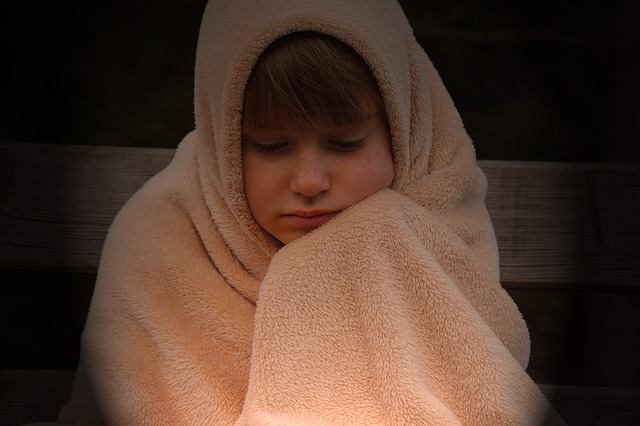How new strains of flu affect a person may be partly determined by when he or she first had any kind of flu, a study suggests.
Researchers from the University of Arizona in Tucson and the University of California in Los Angeles examined 18 strains of influenza A and the hemagglutinin protein on the surface of the virus, the BBC reports. This protein is one of the reasons the flu is so effective, as it binds the virus to the cell and initiates an attack on the body’s immune system.
There are two types of hemagglutinin protein. People are protected from the first one they encounter, but remain at risk from the other one.
When a person first gets the flu, the immune system creates antibodies that target the specific hemagglutinin present in that strain. Hemagglutinin sticks out of the surface of the influenza like a lollipop, experts say.
Led by Dr. Michael Worobey, the researchers classified the two types of this protein as “blue” and “orange” lollipops. According to their findings, people born before the late 1960s were exposed to the “blue” kind of viruses as children – H1 or H2. This is why later in life this generation was rarely affected by another kind of “blue lollipop” flu, particularly the H5N1 bird flu, but died from the “orange” H7N9 strain.
In contrast, those born after the late 1960s were exposed more to the “orange lollipop” kind of flu virus – H3 – and showed the exact opposite pattern.
Worobey and his team looked at cases of two bird flu strains, H5N1 and H7N1, which have caused hundreds of people to fall ill but have not turned into pandemics. They found that there was a 75% rate of protection against severe forms of the flu and an 80% protection rate against death if patients had been exposed to the influenza strain with the same kind of hemagglutinin protein.
The researchers say their study could explain the “Spanish flu” pandemic in 1918, which was fatal among young adults. He explains, “Those young adults were killed by an H1 virus and from blood analysed many decades later there is a pretty strong indication that those individuals had been exposed to a mismatched H3 as children and were therefore not protected against H1.” Furthermore, Worobey says, “The fact that we are seeing exactly the same pattern with current H5N1 and H7N9 cases suggests that the same fundamental processes may govern both the historic 1918 pandemic and today’s contenders for the next big flu pandemic.”
The study was published in the journal Science.
























